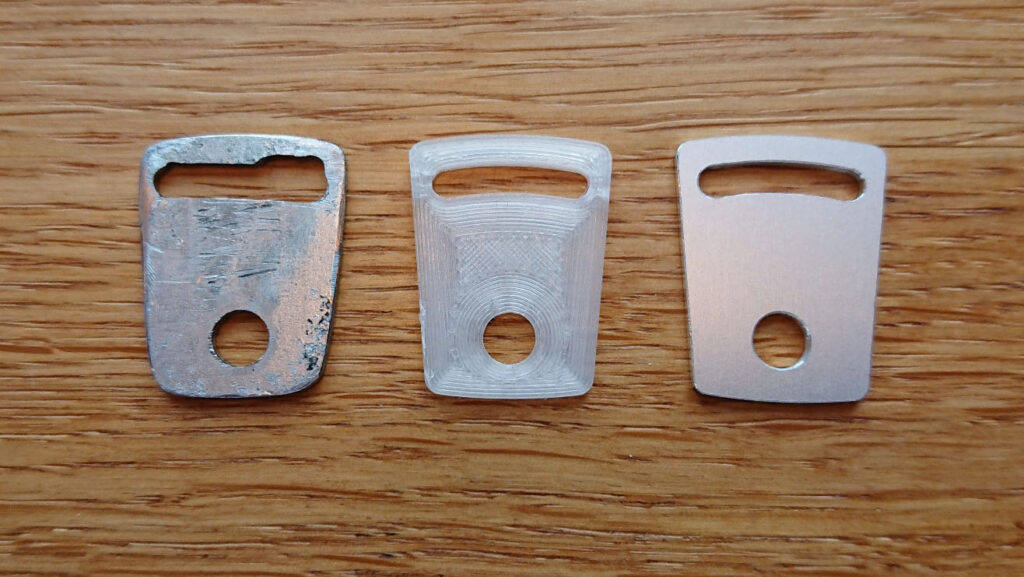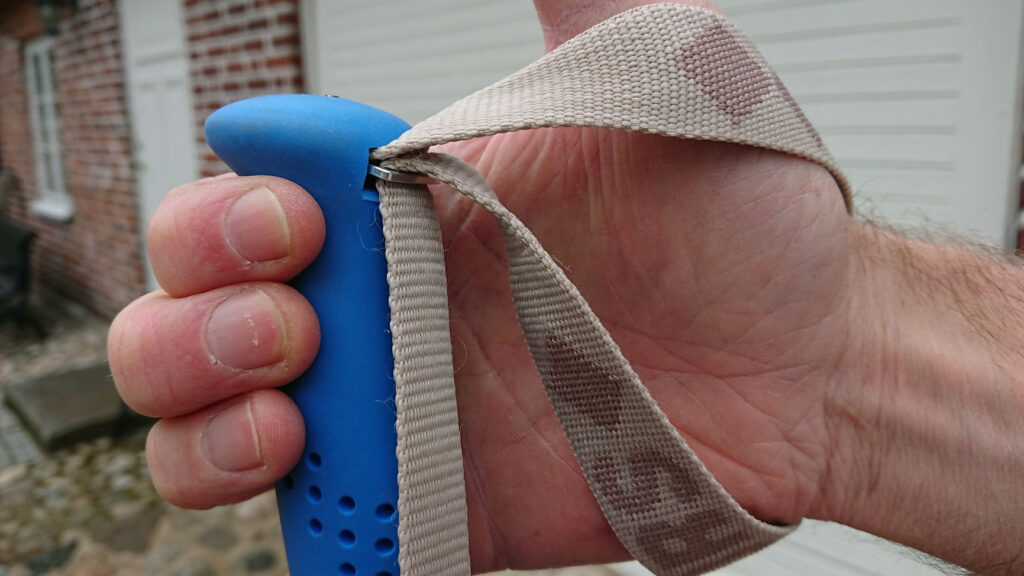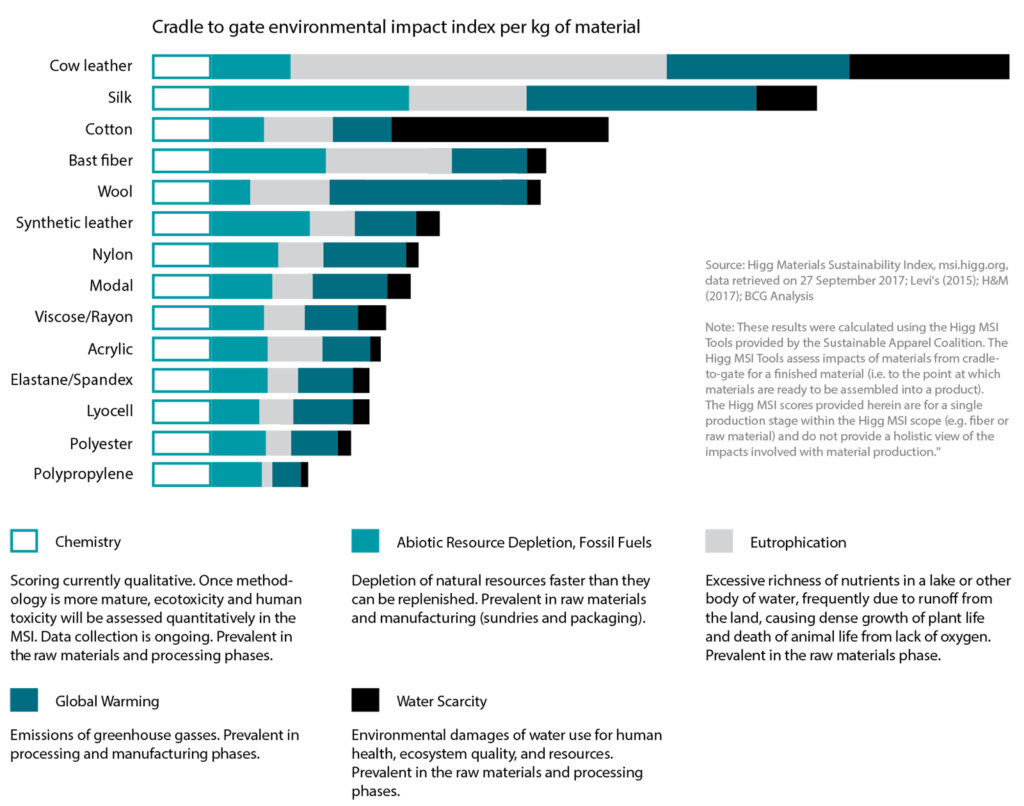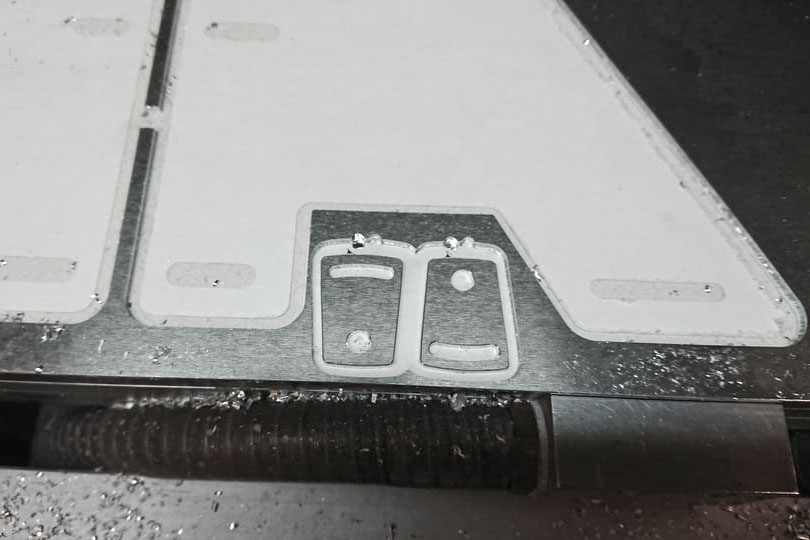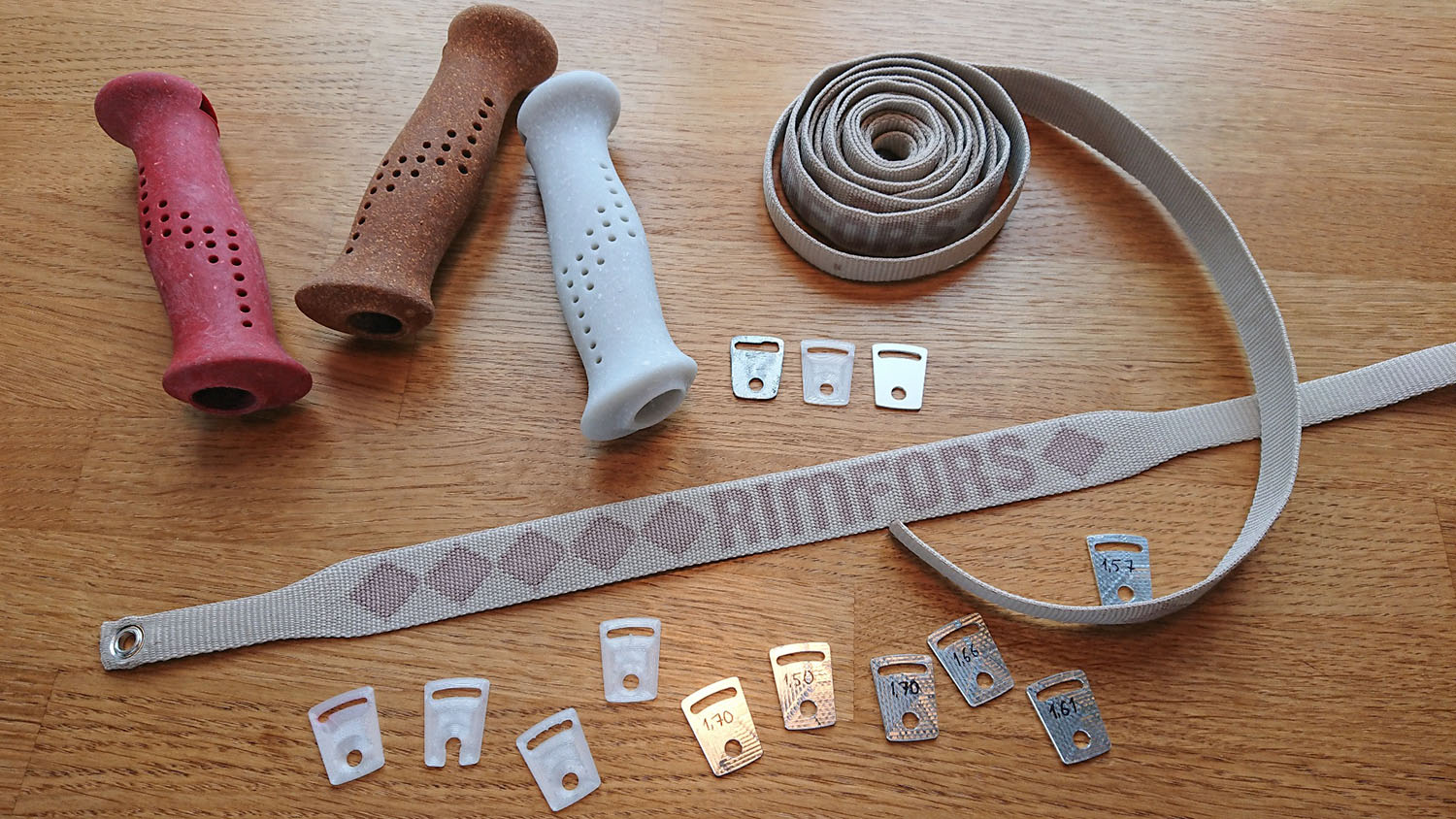Six years ago, I went on an igloo trip to test how traditional equipment compares to modern materials; wool against synthetic fiber, Ventile cotton against Gore-Tex, tar-waxed wooden skis against fresh powder planks, etc. Most of the old natural materials performed well, in some cases even better than the modern materials. But one thing was disastrous. I had brought a pair of 80 years old bamboo poles with grips, straps, and baskets all made of leather. The leather became soaked even though I had saturated them properly with leather balm. One of the pole straps broke, and the grip and basket on the other pole more or less dissolved (the poles can be seen in the previous post). Leather requires constant maintenance to be durable and not vulnerable.
The bamboo, on the other hand, was flawless. One in our team, with equipment from the 1930s, fell on his skis while pulling a pulk over a creek, and accidentally plunged over one of his ski poles, which cracked along the fibers. But two rounds of duct tape around the pole and it was functional as new again. But his leather grips, however, were not happy in the wet weather.
The most common material for ski pole straps is polypropylene. It is a relatively harmless plastic that doesn’t absorb water and is extremely durable with a very long service life, without having to be maintained. Some pole makers use polyester, which is a little more UV-resistant but absorbs more water and has a higher environmental impact than polypropylene. That’s exactly why I have chosen to make my pole straps from polypropylene, recycled of course. It is simply the most eco-friendly material according to the large survey Pulse of the Fashion Industry 2017.
Ski pole straps that can be adjusted with one hand
For my first pole prototypes, I made the straps from “webbing”, colorful polypropylene straps. My family could pick among the available colors and match with their grips, baskets, or outfits. However, neither the width nor thickness of the webbing was optimal, so since December I have been working on developing my own pole strap, and since March, I have developed my own design and solution for how to adjust them. Now, finally, after seven months, all the pieces of the puzzle are in place, and I can test both the straps and the metal tightener. And the range of colors is heavily reduced to “Smoke Gray” and “Stucco” to match no matter what color you prefer for your grips and baskets.
Last week I received a few meters of newly woven pole strap, made of recycled polypropylene, on a roll from Weaver Textile. My first product sample of the straps. At the same time, I received a letter from a friend who translated my tightener prototype (with which the strap is adjusted) into a CAD drawing. I have printed a 3D version in plastic to test with. And via an article about my bamboo ski sticks in a magazine, I came in contact with a CNC operator who could easily route the tighteners from the CAD drawing. Suddenly I now have several aluminum tighteners to really test with (made from left-over scrap sheets). And everything performs really well. It is fairly easy to tighten or loosen the strap, and in addition, only one hand is needed.
Finally I’m getting a grip of the strap, and it’s time strap it on!
/Fabian Rimfors
